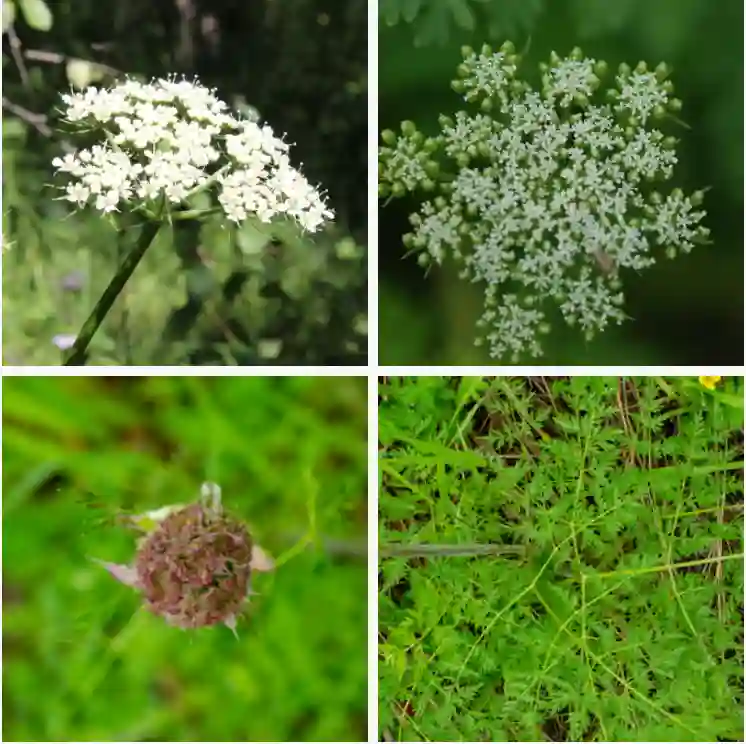What is Morus Australis?
Morus Australis, commonly known as the Southern Mulberry, is a deciduous tree native to East Asia. This species of mulberry stands out for its attractive foliage and delicious fruit. Unlike the more common Morus Nigra (Black Mulberry) or Morus Alba (White Mulberry), Morus Australis is admired for its small, sweet berries and lush, green leaves. The tree can grow up to 30 feet tall in its native habitat but often remains smaller in cultivation.
18 Species in Genus Morus
How to Care for Morus Australis?
Caring for Morus Australis is relatively straightforward, making it a great choice for gardeners of all skill levels. Here are some key tips:
- Sunlight: Morus Australis thrives in full sun but can tolerate partial shade. For the best fruit production and leaf quality, aim for at least 6 hours of direct sunlight daily.
- Soil: This tree prefers well-draining soil that is slightly acidic to neutral. It can handle a range of soil types, but heavy, waterlogged soils should be avoided.
- Watering: Regular watering is essential, especially during the growing season. Keep the soil consistently moist but not soggy. Reduce watering in the winter when the tree is dormant.
- Fertilizing: Feed Morus Australis with a balanced fertilizer in the spring to promote healthy growth. Avoid over-fertilizing, as this can lead to excessive leaf growth at the expense of fruit production.
How to Propagate Morus Australis?
Propagating Morus Australis can be done through several methods, including seeds, cuttings, and grafting. Here’s how you can approach each:
- Seeds: Start by soaking the seeds in water for 24 hours to break dormancy. Plant them in a seed-starting mix, keeping the soil warm and moist. Germination can take several weeks.
- Cuttings: Take semi-hardwood cuttings in late summer or early fall. Dip the cut ends in rooting hormone and plant them in a pot with a mix of sand and peat. Keep the cuttings in a humid environment until roots develop.
- Grafting: Grafting can be done using a healthy rootstock and a scion from a mature tree. This method is often used for propagating trees with desirable fruit characteristics.
What to Plant With Morus Australis?
Morus Australis pairs well with a variety of companion plants. When choosing plants to grow alongside it, consider the following:
- Fruit Trees: Apples, pears, and plums can complement the mulberry’s growing requirements and offer a diverse garden yield.
- Herbs: Herbs like mint, basil, and oregano can thrive in the same soil conditions as Morus Australis and can help deter pests.
- Flowers: Marigolds and nasturtiums not only add color but also act as companion plants that can help with pest control.
Is Morus Australis Toxic?
Morus Australis is generally not considered toxic to humans or animals. The fruit is edible and sweet, enjoyed by both people and wildlife. However, it’s always wise to ensure that any garden plants are not treated with harmful chemicals if you plan to consume their fruit or allow pets to interact with them.
Benefits of Morus Australis
Morus Australis offers several benefits, making it a valuable addition to any garden:
- Nutritional Value: The fruit of Morus Australis is rich in vitamins and antioxidants, contributing to a healthy diet.
- Aesthetic Appeal: With its broad, green leaves and attractive fruit, this tree adds visual interest to gardens.
- Wildlife Support: The berries attract birds and other wildlife, enhancing biodiversity in your garden.
Common Problems with Morus Australis
While Morus Australis is relatively hardy, it can face a few issues:
- Pests: Look out for pests like aphids and spider mites, which can damage the foliage. Regular monitoring and appropriate insecticides can help manage these problems.
- Diseases: Root rot and powdery mildew can affect the tree. Ensure proper drainage and avoid overhead watering to prevent these issues.
- Fruit Drop: Excessive watering or irregular watering can cause premature fruit drop. Maintain consistent watering practices to mitigate this issue.
Compare Morus Australis with Similar Species
Morus Australis often gets confused with other mulberry species. Here’s a quick comparison:
- Morus Nigra (Black Mulberry): Morus Nigra produces darker, larger fruit with a more intense flavor compared to Morus Australis. It also has larger leaves and a more spreading habit.
- Morus Alba (White Mulberry): White Mulberry has lighter-colored fruit and is known for its use in silk production due to its relationship with silkworms. It tends to have a more vigorous growth habit compared to Morus Australis.
Conclusion
Incorporating Morus Australis into your garden offers numerous advantages, from its delicious fruit to its aesthetic appeal. By understanding its care requirements, propagation methods, and potential issues, you can ensure a healthy and fruitful addition to your landscape. Whether you’re interested in its nutritional benefits or simply appreciate its beauty, Morus Australis is a versatile and rewarding choice for any garden enthusiast.
If i die, water my plants!



